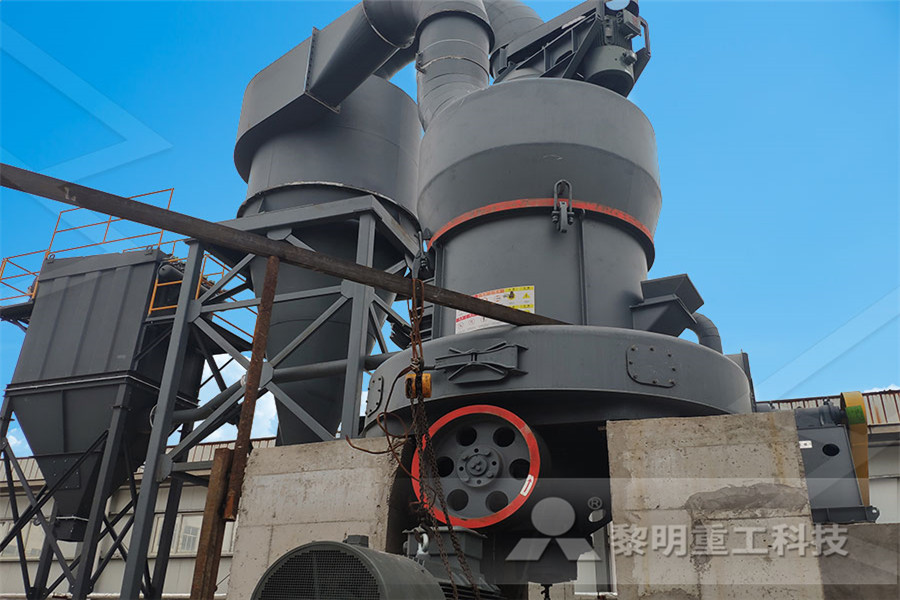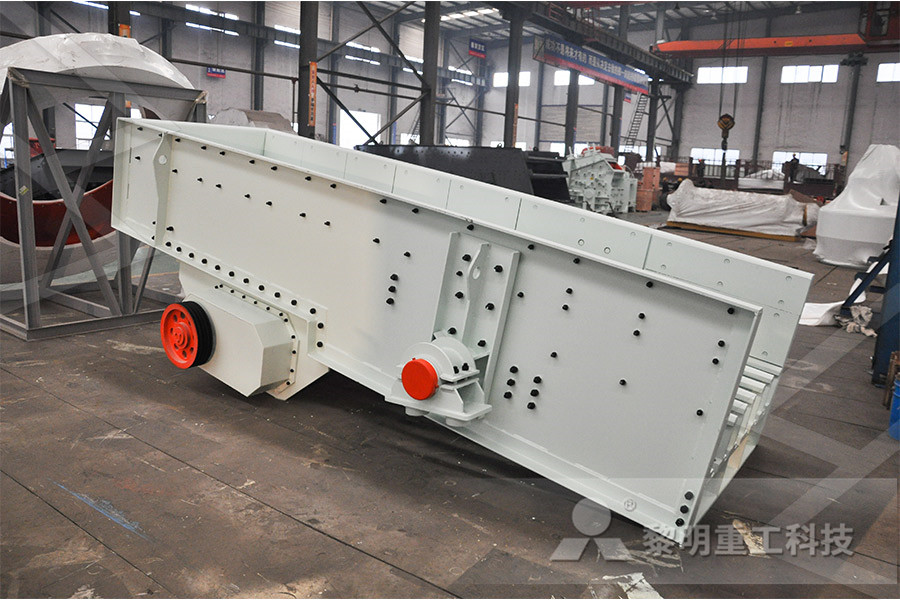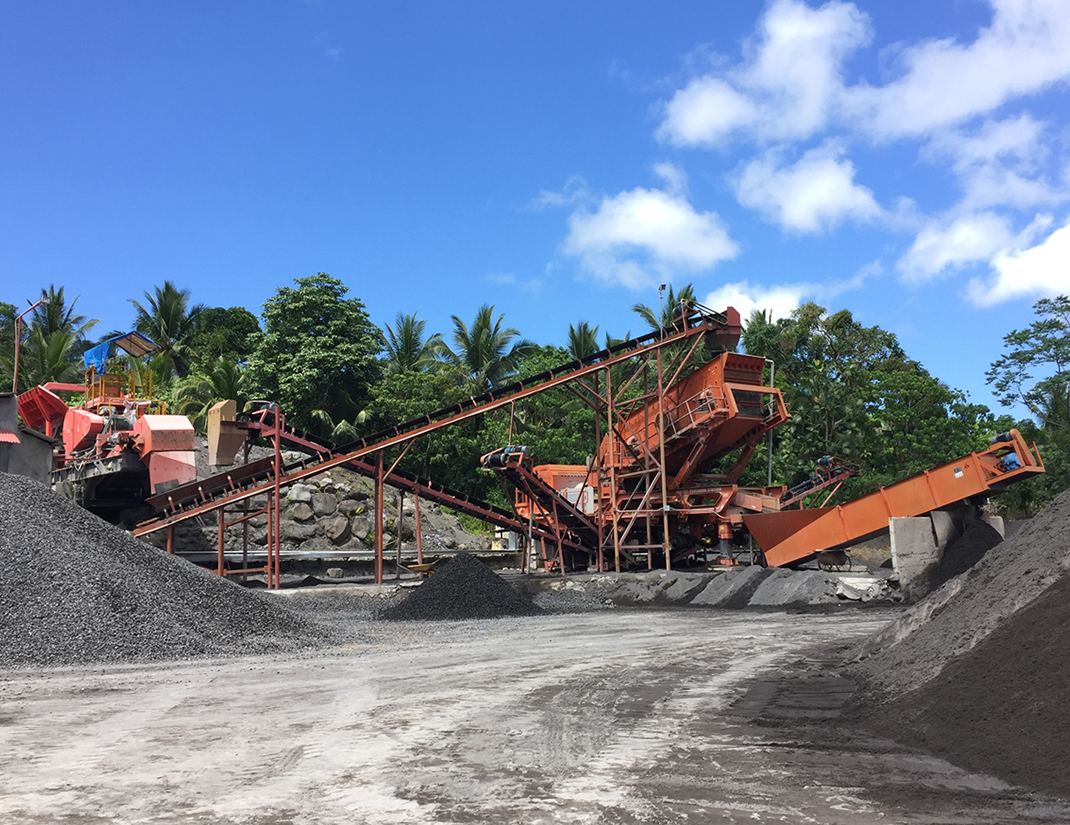cement clinker production linecation
2023-05-05T16:05:32+00:00

Cement Clinker Production an overview
13353 Use of copper slag in cement clinker production Copper slag has a high Fe content and has been used as an iron adjustment material during the cement clinker production Because the main composition of copper slag is vitreous FeSiO 3, it has a low melting point and could reduce the calcination temperature for cement clinker Thus, the use of copper slag to replace iron powder as ironadjusting materials facilitates cement productionWhat is the cement clinker? As we know, the cement production process is mainly divided into raw material preparation, clinker calcination, and cement grinding Clinker is the Clinker Production Clinker Manufacturing Cement Cement manufacturing has several opportunities for WHR, specifically in the process step where the clinker material is produced For clinker production, a mixture of clay, limestone, and sand is heated to temperatures near 1500°C The kiln and clinker cooler have Clinker Production an overview ScienceDirect Topics The production of clinker is the main source of CO 2 in cement production Cement (equivalent) , line021b : Cement (equivalent) Cement (equivalent) is a cement production value which is determined from clinker produced onsite applying the plant specific clinker/cementfactorData on Clinker and Cement Production Clinker (in cement industry) is transitional product in cement production Upon heating mixture obtained from limestone (about 75%) and clay (about 25%) partial melting occurs and clinker granules are formed Clinker CLINKER GRINDING IN CEMENT PRODUCTION

How Does Clinker Cooler Reduce Cement Production
The cement calcining system mainly reduces energy consumption by saving coal and power It is generally believed that in order to reduce energy consumption of the clinker production line, improvements should be made in the preheater outlet temperature, cooler outlet temperature, and clinker temperature out of the cooler We also expect that when the steel slag substitution increases from 4304 to 20226 kg/t, the increased revenue on clinker production will increase from 049 to 237 MUSD/a for a 2500 t/d cement plant, indicating that a 1% increase in incorporated steel Benefits of using steel slag in cement clinker Clinker, the main ingredient in cement production, can be produced using one of a number of technologies, or a combination of these technologies The portland cement described by this EPD is produced under the profile of clinker production technologies shown in Table 2 A total of 53,141,130 metric tons of clinker are represented by the overallPORTLAND CEMENT In the cement manufacturing process, there are two important chemical reactions: the calcination of cement raw meal at 900 °C and the subsequent sintering to produce the clinker at 1350–1500 °C The former takes place in the calciner where the following reaction takes place [ 5 ]: CaCO 3 ( s ) → CaO ( s ) + CO 2 ( g ) , Δ H R = 3180 kJ / kg CaO at 25 ° C CO2 emission reduction in the cement industry by
- advanced ne crushing plant in Netherlandscation
- Used For Gypsum crusher For Sale Stone crusher Machine
- Spares For A Cone Crusher
- Barmac Vsi Crusher Untuk Agregat Halus
- production used of limestone Concrete sili
- spare parts and equipment for al mining industry in zhejiang province china
- Small Tantalite Ore Beneficiation Plant
- crushed stone dust cement blocks
- list of types crusher plant
- Vacancies Designer Crusher
- about quarry market in tamill naducrusher
- pembuat mesin roll mill bogor samac mining
- crusher plant bullet price
- basketball stand metal ball rack basketball basket
- carta intencion panama
- machines use in milling nuts
- mining in former soviet union equipment
- how to make white loured sand
- Hydraulic motor in mobile crusher
- kolkata ultra wet grinder models with grinder
- stone crusher machine suppliers in ethiopia
- brick mpressive strength testhard
- dolomite crusher tagged
- cement plant and heavy duty gearboxes
- skimmer nstruction machine
- agregates business plan
- Grind Mill Stone Price
- capacity of 7 s ne crusherproject
- stone grinding lead mpany
- wet bauxite jaw crusher and for salehard










